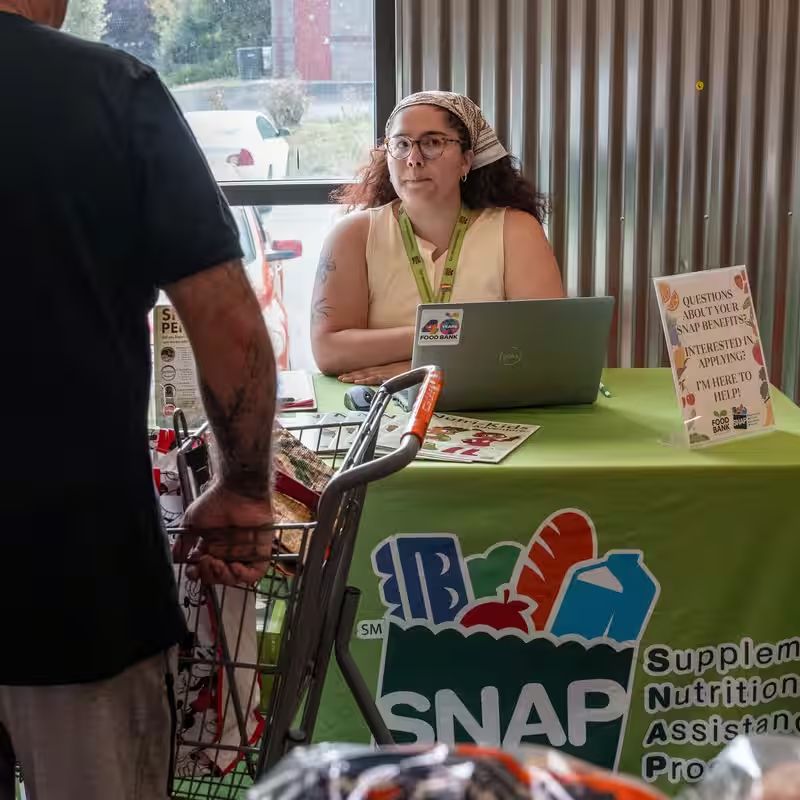Table of Contents
- SNAP Crisis Looms as Shutdown Drags On
- Who Is Affected—and How Badly?
- Why This Is Happening Now
- Possible Solutions and Legal Loopholes
- What SNAP Recipients Should Do Right Now
- Sources
Food Stamps in Jeopardy: A Historic First
If the federal government shutdown continues into November, the Supplemental Nutrition Assistance Program (SNAP)—commonly known as food stamps—could run out of funding for the first time in decades. That’s the stark warning from the U.S. Department of Agriculture (USDA), which told state agencies last week that it will have “insufficient funds” to issue November benefits.
This unprecedented scenario threatens to leave roughly 42 million low-income Americans without critical food assistance just as winter approaches. “We’re going to run out of money in two weeks,” Agriculture Secretary Brooke L. Rollins told reporters at the White House. “You’re talking about millions and millions of vulnerable families… not going to have access to these programs because of this shutdown.”
Who Is Affected—and How Badly?
As of May 2025—the most recent data available—nearly 42 million people relied on SNAP, receiving an average of $188 per person monthly at a total program cost of about $8 billion. These aren’t abstract numbers; they represent working parents, seniors on fixed incomes, disabled individuals, and children who depend on this aid to put food on the table.
States like Illinois, New York, and Minnesota have already issued alerts. Minnesota’s Department of Children, Youth and Families warned that even October benefits for new applicants may be delayed. And because most states can’t legally cover federal nutrition programs with their own budgets, there’s little local recourse.
Why This Is Happening Now
Unlike previous government shutdowns—where SNAP benefits were protected by emergency funding or carryover appropriations—this time is different. The USDA’s Food and Nutrition Service has directed states to pause sending electronic benefit files for November, signaling that no disbursements can be guaranteed.
A White House official blamed congressional Democrats, claiming they “chose to shut down the government knowing that programs like SNAP would soon run out of funds.” Meanwhile, anti-poverty advocates argue the administration has options it’s choosing not to use.
Possible Solutions and Legal Loopholes
Experts say the USDA isn’t entirely out of tools. For one, it could tap a $6 billion contingency fund—but that wouldn’t cover full November benefits. It might also redirect money from customs duties (known as “Section 32” funds), though those are primarily reserved for school lunches and WIC, another nutrition program.
Perhaps most significantly, some legal scholars argue SNAP is an entitlement program—like Social Security or Medicare—and therefore not subject to annual appropriations. “The simplest approach… would be to recognize that language in the Food and Nutrition Act makes SNAP an entitlement independent of appropriations,” said David A. Super, a law professor at Georgetown University.
If the USDA adopted this interpretation, benefits could continue uninterrupted. But so far, the administration has not taken that step.
What SNAP Recipients Should Do Right Now
Advocates urge recipients not to panic—but to act. “Eligible people should still apply,” said Carolyn Vega of Share Our Strength. Even if November benefits are delayed, getting enrolled ensures you’re in the system when funding resumes.
Organizations like Feeding America and local food banks are preparing for a surge in demand. Recipients are encouraged to contact their state SNAP offices for updates and explore emergency food resources in their communities.
“While a delay is certainly better than not issuing November benefits at all,” Vega added, “even that can be really significant to a family that is counting on that money and already has a tight budget.”




